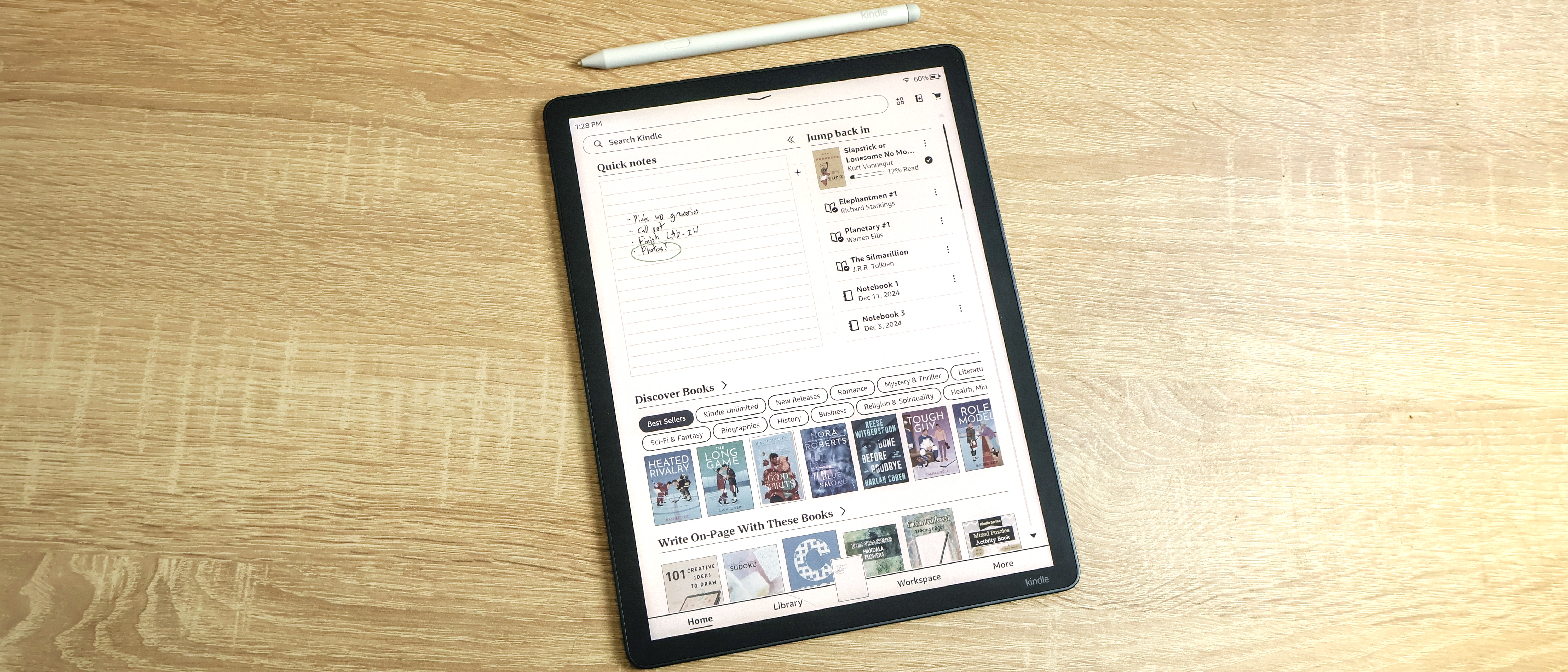
I did the famous Arnold press every day for a week to sculpt shoulders Arnie would be envious of, and feed my curiosity — could 50 reps a day make any difference to my shoulders?
Curiosity killed the cat, and this workout nearly killed me. The Arnold press has become a household name over the years, created by the bodybuilding legend himself, Arnold Schwarzenegger. Now, of course, one week of an exercise didn't transform my delts beyond belief, but I certainly put them through the wringer trying.
If you're unfamiliar with the exercise, his variation of the traditional dumbbell overhead shoulder press has been widely adopted by gym-goers building powerhouse shoulders like the man whose name is on the exercise label.
Unlike other shoulder exercises, the Arnold press works all three deltoid (shoulder) heads — frontal, lateral and rear. By simply rotating your palms and increasing range of motion, the movement pattern recruits more muscle, and works them for longer. Grab a pair of the best adjustable dumbbells, and read on for my results.
How to do an Arnold press

If you plan to diversify from the usual bench press, give this a go yourself.
How:
- Engage your core
- Stand with your palms facing you and hold your weights in a bicep curl position close to your chest
- Press the dumbbells above your head and rotate your palms to face outwards at the top
- Simply reverse the steps back to your starting position.
here’s how to do an Arnold press with proper form.
Get instant access to breaking news, the hottest reviews, great deals and helpful tips.
It’s worth noting that you should always check with a health professional if you have a shoulder injury. I recommend performing this exercise seated against a bench or kneeling to reduce lower back pressure. And if you suffer from shoulder impingement (when the supporting rotator cuff muscles rub against the humerus arm bone), this exercise is sadly a no-go.
Arnold press vs shoulder press
Unlike the shoulder press, the Arnold press works all three parts of the deltoids, making it a bit of a champion shoulder all-rounder. The primary working muscles are:
- Anterior deltoids
- Lateral deltoids
- Posterior deltoids
- Triceps
A dumbbell overhead shoulder press primarily works the fronts of your shoulders and your chest, including:
- Anterior deltoids
- Lateral deltoids
- Pectoralis major (your pecs)
- Triceps
The overhead press works less of the lateral and posterior shoulder heads. But regardless, both are killer compound shoulder exercises that work multiple muscle groups in one swift press. If you’re short on time, the Arnold press is your new best friend.

I did 50 Arnold presses a day for one week — here are my results
I decided to challenge my shoulder strength. Here’s what happened when I did 50 Arnold press a day, for a week.
Day 1
I performed 5 sets of 10 reps at the same weight as my overhead press. Hypertrophy (building muscle) adopts 3-4 sets of 8-12 reps, so while the reps were at the top range, it wasn’t an outrageous number.
Nevertheless, I rarely put this much work into isolating my shoulders, and I definitely went too heavy. Because your muscles work longer, the Arnold press is still hugely effective at a lower weight. Not only were my DOMs in full effect the following few days but pulling off my sports bra became a competitive sport.
Days 2 & 3
Getting through the first few days was the hardest but then I felt comfortable with both the rep, set, and weight numbers, and the routine became meditative. I wouldn’t usually recommend my clients perform one exercise every day for high reps (unless they had a specific goal) because it can breed boredom and plateaus or lead to overuse and injury.
However, it turns out Harvard has a name for it — muscular meditation. Moving your muscle groups repetitively and rhythmically can help to reduce stress, and because you are focused on your breathing, this can also help regulate the nervous system.
Days 4 to 6
During the latter half of the week, I could feel my body becoming more comfortable with the movement pattern and weight of the Arnold press, and I began to feel noticeably stronger — although I couldn’t physically see a difference. Of course, building muscle mass and strength is far more complex than meets the eye.
Principles like progressive overload (gradually adapting variables like reps or weights), ample protein intake, managing your sleep hygiene and workout variety all play a role, but you can incrementally build muscle and strength week by week.
However, sculpting the shoulders of a goddess will partly involve losing body fat in conjunction with building muscle (learn how to calculate your body fat percentage and why it matters), and I wasn’t on a fat loss mission this time around. I won’t be entering a bodybuilding competition any time soon, but my overhead press has already improved.
Day seven
Research shows that your muscle micro-tears during exercise, which is why you experience muscle soreness the next day. Rest days and sleep are key times for muscles to repair and grow, so they must be allowed to recover.
Exercise variety and rest days are two ways to combat over-training to avoid strains and more serious injuries. With that in mind, maybe it’s time to give the Arnold press a rest.
I wonder if Arnie pumped out 50 a day? Probably closer to 100.
More from Tom's Guide
- These are the 3 best dumbbell workouts for triceps
- How to military press for strong shoulders
- I did 20 pike push-ups every day for a week
- I did 50 leg presses a day for two weeks — here's what happened to my lower body
- I did the Z press every day for a week — here’s what happened to my shoulders.

Sam Hopes is a level 3 qualified trainer, a level 2 Reiki practitioner and fitness editor at Tom's Guide. She is also currently undertaking her Yoga For Athletes training course.
Sam has written for various fitness brands and websites over the years and has experience across brands at Future, such as Live Science, Fit&Well, Coach, and T3.
Having coached at fitness studios like F45 and Virgin Active and personal trained, Sam now primarily teaches outdoor bootcamps, bodyweight, calisthenics and kettlebells.
She also coaches mobility and flexibility classes several times a week and believes that true strength comes from a holistic approach to training your body.
Sam has completed two mixed doubles Hyrox competitions in London and the Netherlands and finished her first doubles attempt in 1:11.
